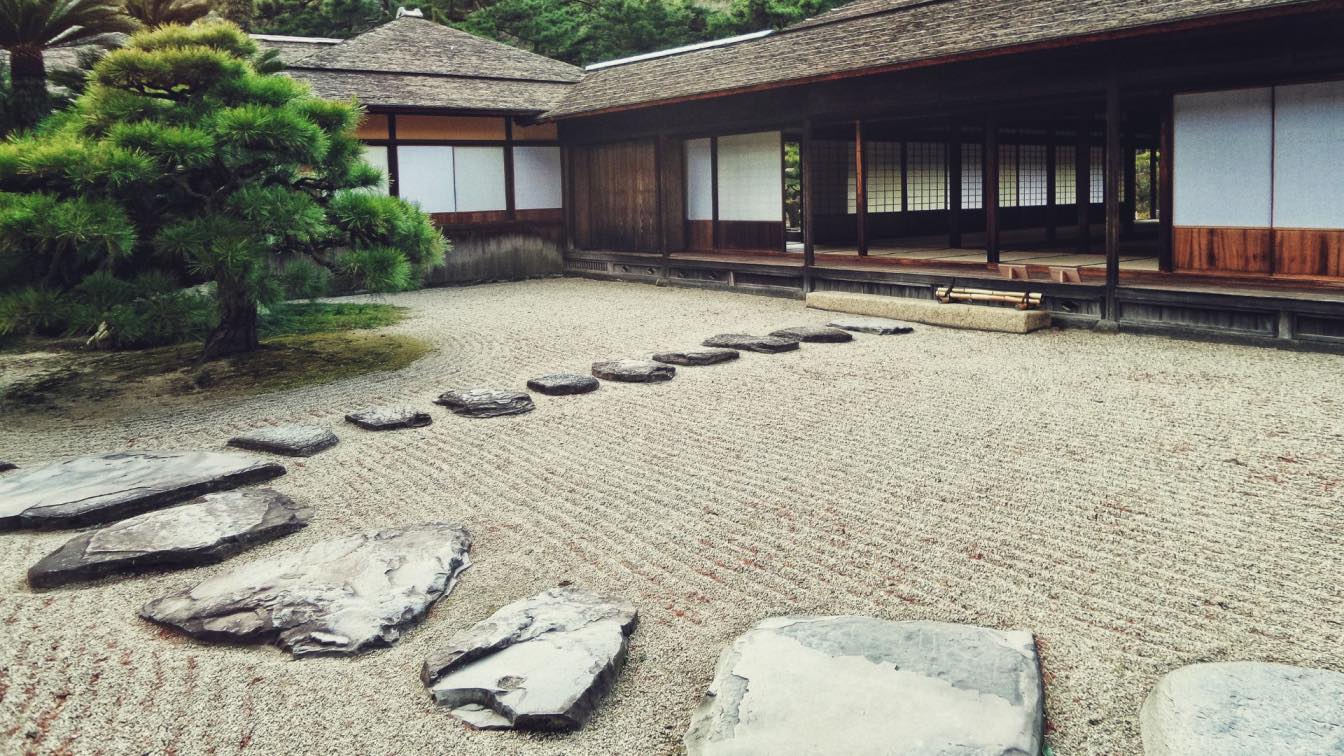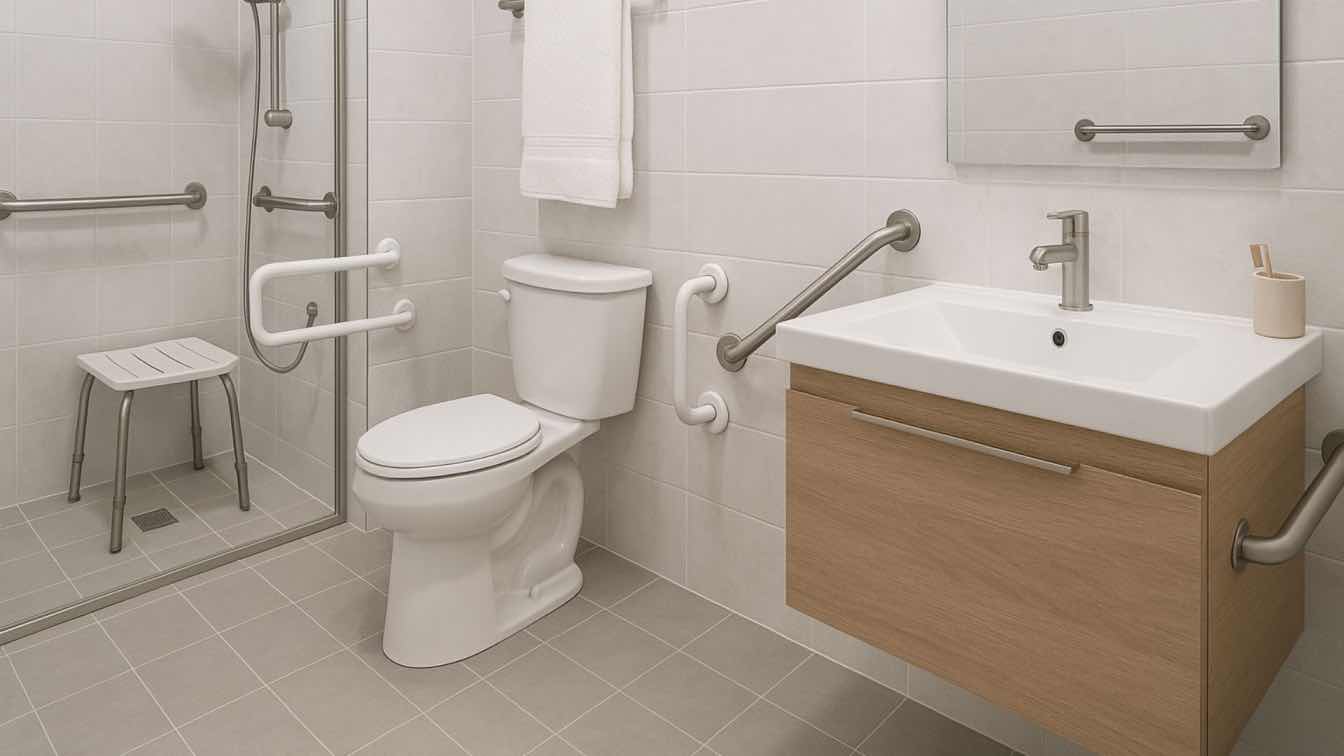Creating and maintaining a garden is a joyous and rewarding experience, which many people enjoy as a cherished hobby. Being outside is well-known to be beneficial for our mental health and wellbeing, and what better way to get some fresh air than to design and build your own garden.
If it’s a heavenly space of relaxation you’re after, then a Japanese style zen garden is what you need. You don't need to be Charlie Dimmock to pull off this stunning garden design either, as zen gardens are relatively cheap to complete. They’re also very low maintenance by nature, making them a great choice for people with less spare time. But what is a zen garden, and how can you make one for yourself?
Here are our top tips for creating your own Japanese inspired zen garden.
Consider your available space
Your garden design will need to be realistic within the space of your outdoor area, so make an initial plan for your garden before you start building. Keep in mind that zen gardens originated in Japan, where they were created as therapeutic spaces in which the Monks could reflect on Buddha’s lessons. Therefore, the main purpose of a zen garden is to provide a peaceful, natural place of tranquillity, which helps you to feel grounded, centred and relaxed.
If you have a larger space, you may want to turn just one area of your garden into a zen garden, or create a larger landscape incorporating the Japanese aesthetic. Whilst zen gardens are traditionally dry, don't be afraid to incorporate water if you want to and have the space to do so.
For smaller gardens, you can replace the lawn with a weed control fabric and white sand or small pebbles, to create a clean canvas for crafting your relaxation space. Using small clusters of foliage and an interesting rock formation over raked pebbles may be all you need to begin with.
 image © Agathe
image © Agathe
Choose your points of interest
Identify a few main, natural features you’d like to incorporate. Japanese gardens typically focus on using natural elements such as rocks, tree trunks, sand and pebbles to represent profound, awe-inspiring landscapes such as mountains, rivers and forests. Don't go overboard, the key to a successful zen garden is minimalism and simplicity.
A simple stepping stone pathway using irregular rocks is a perfect way to add mystery and encourage movement in your zen garden. A simple yet elegant bench made of tree trunks becomes a peaceful resting place. Many elements in zen gardens represent the timeless charm of nature around us, with moss covered boulders, sand paths and large rocks being popular.
Celebrate natural irregularity
Any features you create should be creative but natural, to stay within the bounds of simplicity and cleanliness. Avoid bright colours and bold, pretentious statements, opting for natural tones and elements instead. It is fitting with the principles of a zen garden to arrange objects asymmetrically and in odd numbers. This displays beauty in irregularity, and creates an intriguing and mesmerising space.
With year-round appeal and minimal maintenance, zen gardens are great for those who struggle with gardening but still want to be able to enjoy their outdoor spaces. With a little creativity, you too can create a peaceful and calming aesthetic in your garden to help melt away the stresses of the day.





